Aurous Resources eyes fivefold gold production increase, NASDAQ listing
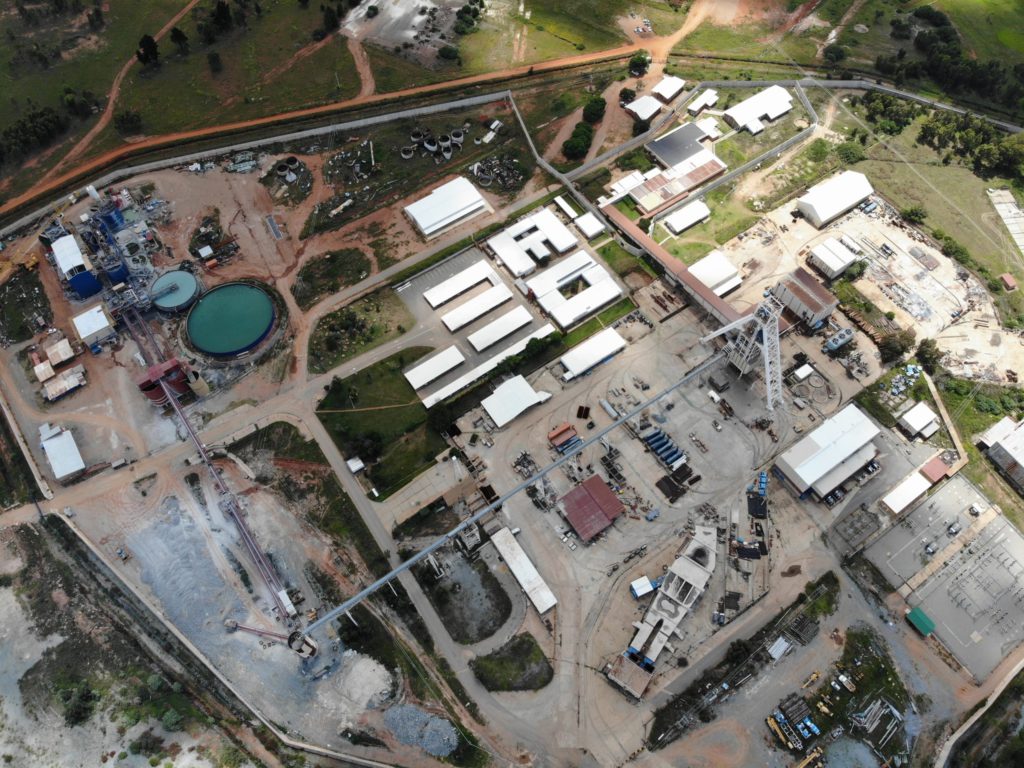
Privately held South African gold producer Aurous Resources is pursuing a NASDAQ listing to fund a fivefold expansion of its operations on the storied Witwatersrand gold field of South Africa, CEO Richard Floyd says.
Aurous owns and operates the Blyvooruitzicht (Blyvoor) gold mine and Gauta tailings retreatment project in Gauteng’s West Rand. Notably, its listing plans bypass the Johannesburg Stock Exchange and lukewarm local capital market.
“North America is much more supportive to us,” Floyd told The Northern Miner. “So, it’s an easy decision,” Floyd said in an interview.
South African gold miners have been increasingly diversifying their asset bases outside of South Africa to mitigate risks like regulatory uncertainties, economic fluctuations, deep-level mining challenges, labour unrest, and unreliable electricity supply. Major companies like AngloGold Ashanti (NYSE: AU) and Gold Fields (NYSE: GFI; JSE: GFI) have expanded into regions such as the Americas, Australia, and other parts of Africa, reducing their exposure to South Africa’s operational risks.
Aurous expects shareholders to approve plans in June to go public through the business combination with US-based Rigel Resource Acquisition Corp., a special-purpose acquisition vehicle of Orion Resource Partners. The merger puts Aurous at a substantial pre-money equity value of about $362 million, Floyd said.
The deal between Aurous and Rigel is expected to close in the third quarter, resulting in Aurous having over $50 million in free cash post-deal, with North American investors potentially owning about 40-50% of the combined entity, though specific financial details such as pre-money equity value were not disclosed.
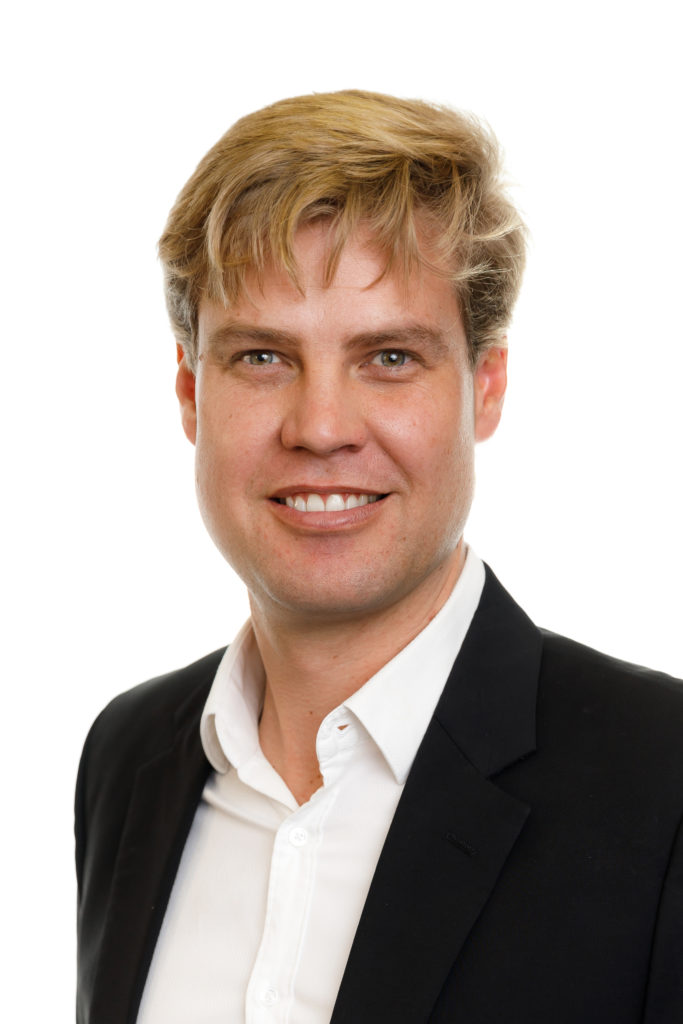
Aurous is set to expand its operations and scale up production in the next three years from 30,000 oz. gold per year to about 150,000 ounces. That is before the tailings retreatment production, accounting for potentially another 30,000 oz., starts contributing from 2025. Since the restart of Blyvoor production in 2022, Aurous has rehired about 1,500 workers thrown out of work when the operation ceased production in 2013.
With the expected new cash injection, the team aims to update underground and surface infrastructure at Blyvoor, which Floyd expects could bring increased economies of scale, and lower operating costs. Floyd says the operation is already producing at low all-in costs, but once the expansion has been completed, the mine will continue to operate at below $800 per oz. gold.
Floyd notes the Rigel deal could allow Aurous to create more local jobs. “We anticipate that these developments will be positively received by the South African regulatory bodies,” Floyd said.
In a webcast last month, Rigel CEO Jon Lamb said Aurous was a “cash-positive, debt-light target with impressive operational milestones under its belt.”
Gauta, a collection of six surface tailings deposits, has potential to add secondary production for Aurous. The first gold from Gauta is expected in 2026, with production planned to average about 30,000 oz. per year over a 15-year life, providing additional cash flow.
Aurous is also looking for mergers and acquisitions opportunities in South Africa, and the continent. Floyd notes South Africa accounts for the world’s second-largest gold resources and holds significant untapped potential. Aurous’s search for deals is likely to pick up after its public listing, Floyd said.
The proposed merger, subject to customary closing conditions and regulatory approvals, is expected to close in the third quarter.
Formidable mine
The Blyvoor mine was established in 1937, and milling started in 1942. In its first seven years, the mine yielded 1.6 million oz. gold. In its first year listed on the London Stock Exchange, the mine’s then-eponymous owner, Blyvooruitzicht’s share price increased 65 times, something Floyd said he would like the company to emulate today.
By the 1950s, Blyvoor had broken the world record for annual gold production twice and had been declared the world’s most profitable mine and largest gold producer.
Following the mine’s closure in 2013, Floyd in 2015 bought Blyvoor and the Gauta project and has spent the last nine years re-permitting, re-planning, re-capitalizing, leading to a 2022 restart in production. Despite the early ramp-up phase, Floyd said the mine has been producing at a high margin despite not reaching any scale.
Since restarting, everything has not been smooth sailing. Underground seismic activity has led to an above-average lost time injury rate compared with the local industry benchmark, something management says it is working hard to reduce.
Chairman Alan Smith says the company has modified its mine plan to help limit the frequency and magnitude of seismic events.
Further, the team is working to de-risk the South African operation, including setting up a dual electrical supply system and a solar project to enhance energy reliability and cost-efficiency.
Floyd says that the life of mine plan covers less than 30% of the total resource base, indicating substantial future growth potential from resource conversion.
Across all categories, Blyvoor has a total resource base of 130.4 million tonnes grading 5.4 grams gold per tonne for about 23 million oz. of gold.
More News
BHP could kick off Escondida mine investment this year, executive says
BHP requested initial permits in February as part of a larger plan to maximize production at Escondida.
April 08, 2025 | 07:56 am
Solvay launches rare earth processing expansion amid China restrictions
The company eventually aims to supply 30% of Europe's processed rare earths demand for magnets by 2030.
April 08, 2025 | 07:49 am
Gold ETFs drew largest inflow in three years in Q1, says WGC
Gold ETFs saw an inflow of 226.5 metric tons worth $21.1 billion in the first quarter.
April 08, 2025 | 07:23 am
{{ commodity.name }}
{{ post.title }}
{{ post.excerpt }}
{{ post.date }}

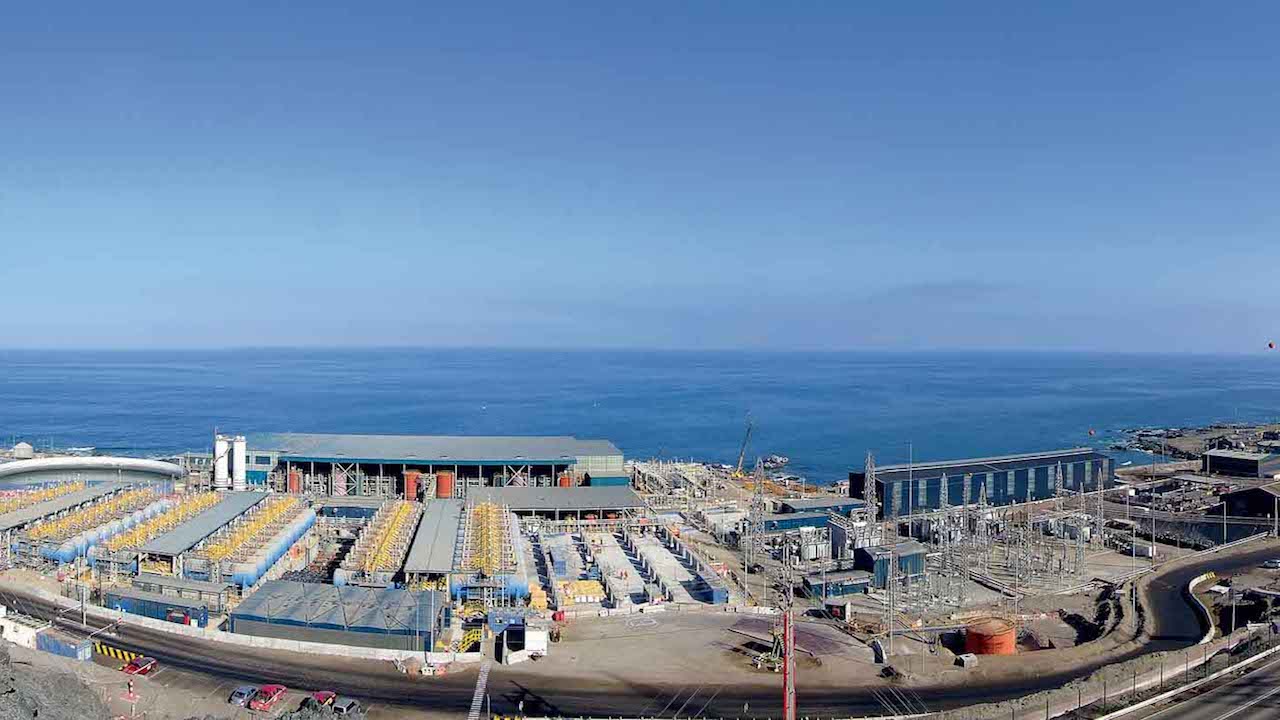
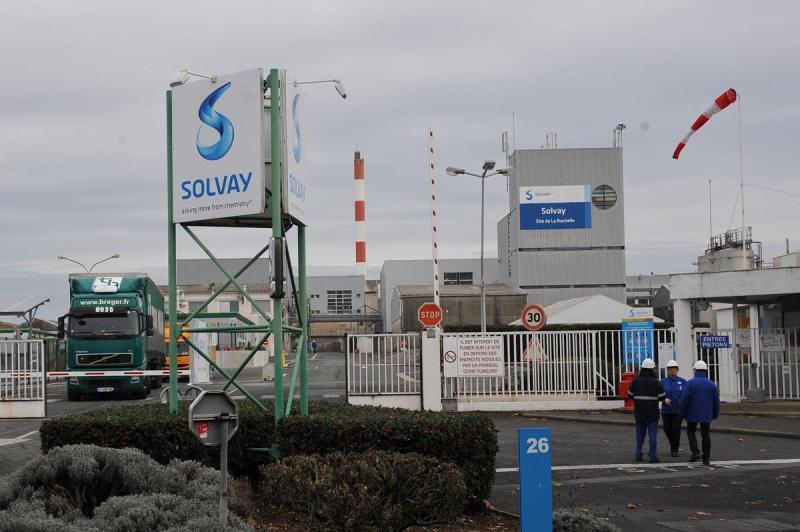
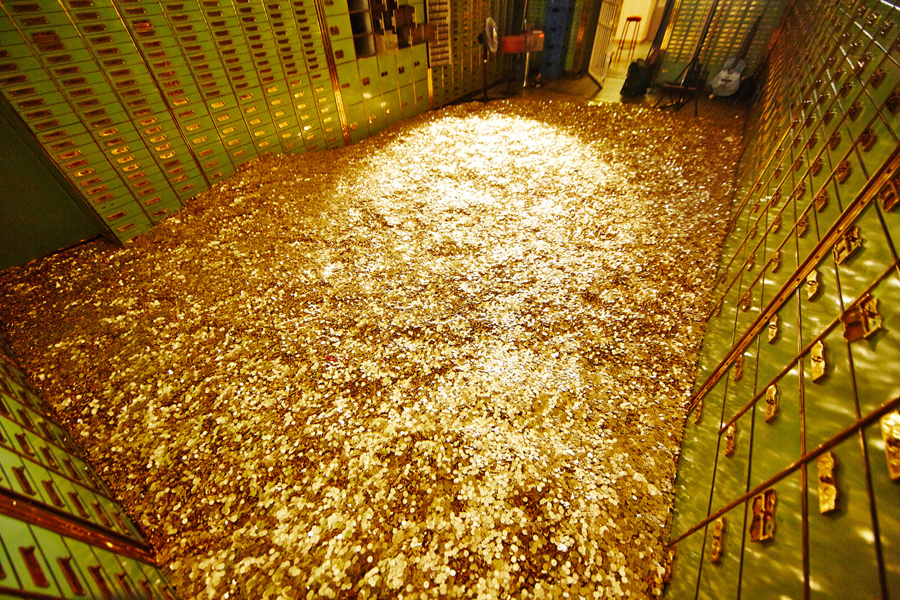
Comments